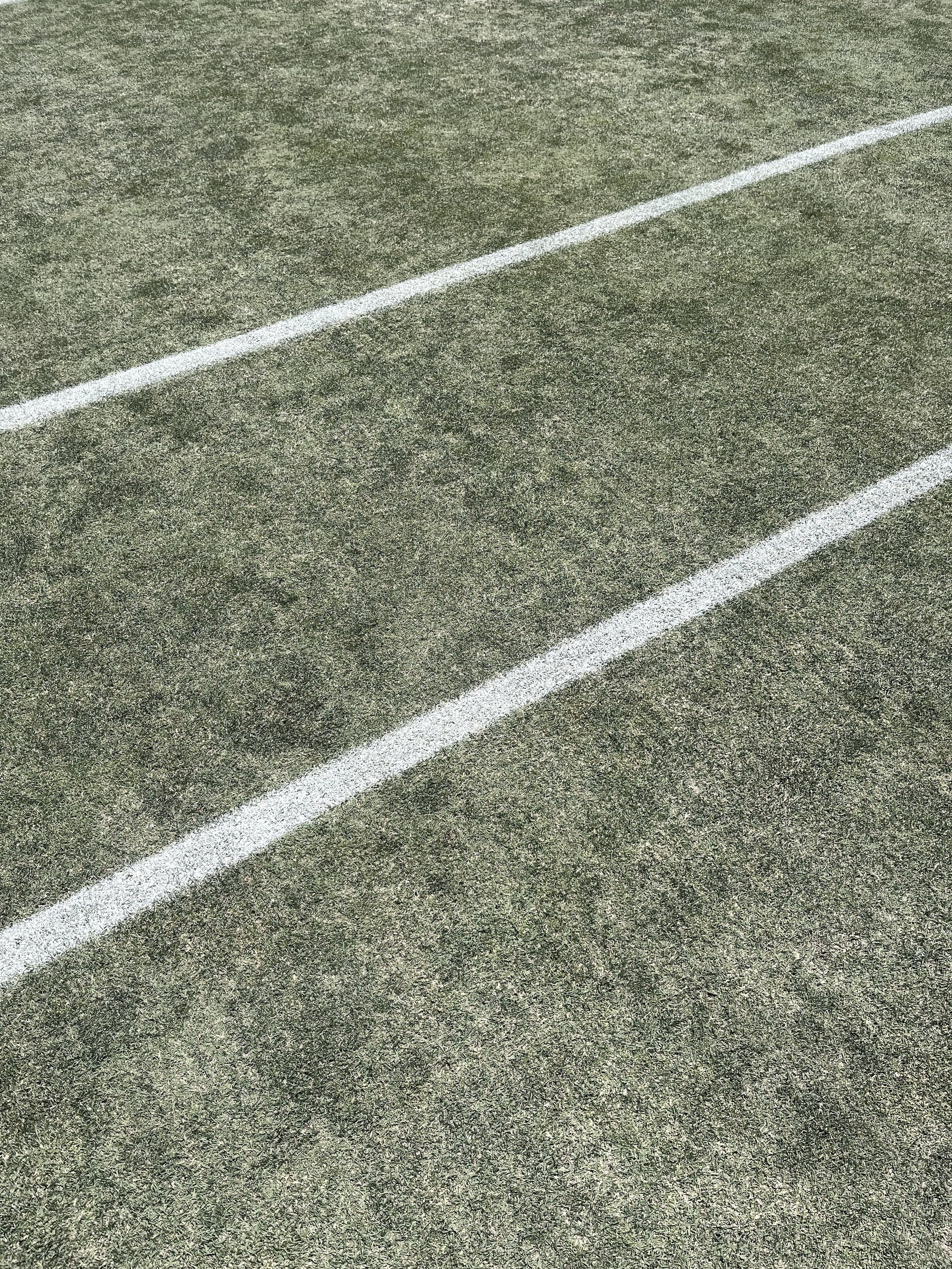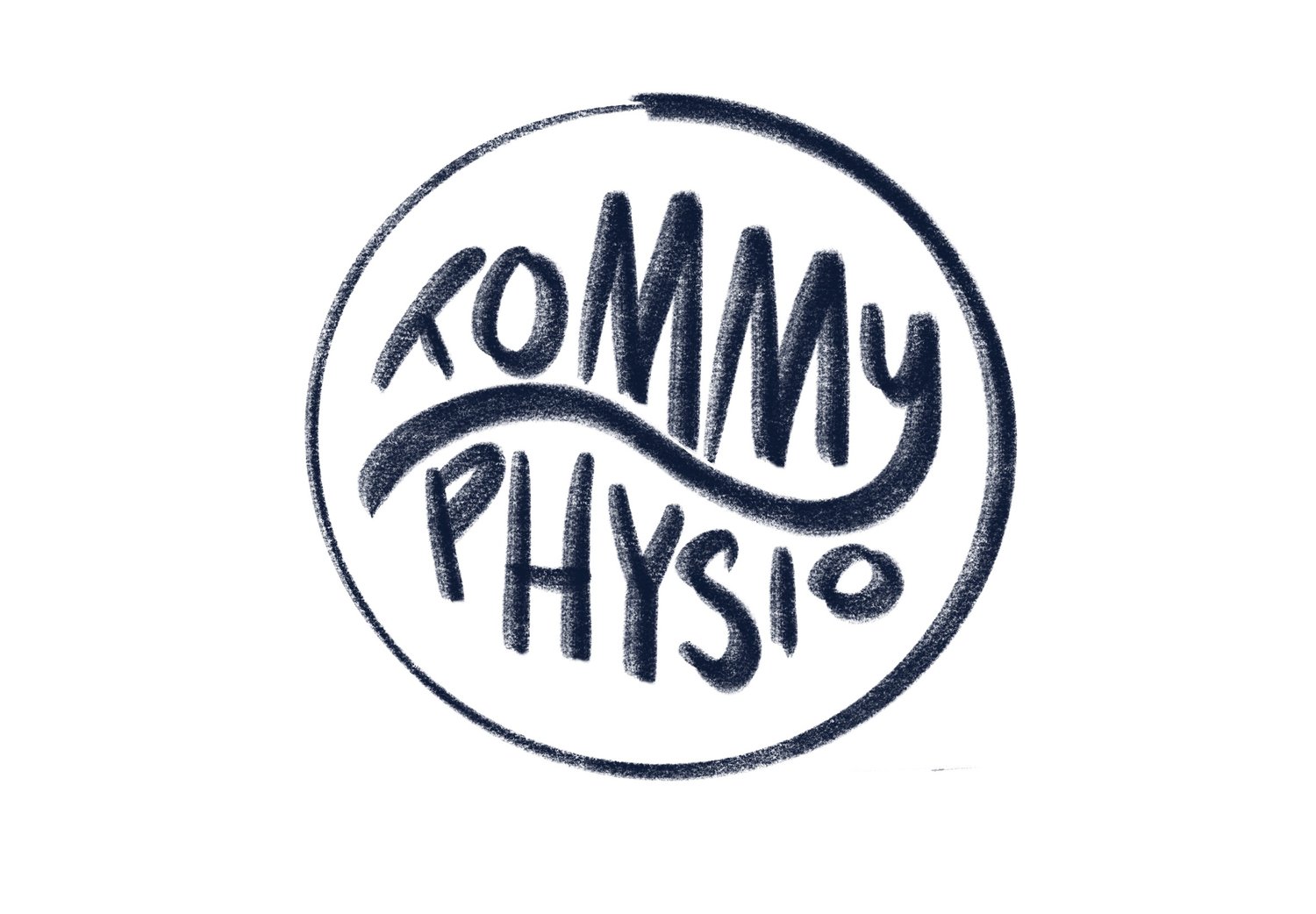
How I Work
In Person
Initial Evaluation
In the Initial Evaluation we’ll talk about what brings you in, what you want to get back to, your history and your habits. Following will be an orthopedic evaluation followed by a plan of care and exercises to do on your own.
I care about how you got hurt, but I care more about why it happened. Why is not answered by fixing the issue you present with but by fixing the source of the injury, which oftentimes is not where you’re feeling pain.
Follow Ups
During an hour long Follow Up appointment we’ll continue to dig into the Why and look for tangible outcomes every session. If we haven’t made a noticeable difference within 5 visits, I’ll refer you to another practitioner.
In each session I will use one or a few of the following methods of treatment: manual therapy, mobilizations, loading exercises, neuromuscular reeducation, taping, and manipulation. Plyometrics and sport-specific training will be used for the athletes who are able to tolerate it.
Outcomes
I am not interested in seeing patients for longer than they need. Ideally we find the root of the problem, take the pain away, and get back to 100% in as few visits as possible. From there I will give you the tools and a plan to keep yourself healthy for good once we part ways. Giving patients autonomy is one of my top priorities, and education about how your body works will be an invaluable tool you will keep long into the future.
Methods
-
I have worked hard to hone my manual skills by learning from some of the best mentors in the field. Through SPRT manual therapy, E&E mobilizations, and traditional clinical training, I use proven methods of manual therapy to increase neural drive, muscle activation, and increase range of motion.
-
Most patients need to get stronger in one way or another and Progressive Overload is the name of the game with rehabilitation and strength training. One size does not fit all with therapeutic exercises, and each patient is given unique exercises for their injury. No two shoulders are the same in history or function, therefore the exercises should reflect the person, not the diagnosis.
-
I am a certified movement specialist through FRC (Functional Range Conditioning). FRC is a joint training system that rapidly increases range of motion of a joint while strengthening the muscles around it so you can immediately use the newfound range. While gaining range of motion is beneficial, gaining strength through that full range of motion is even better.
-
Through my training as a professional squash player, and time as a squash and tennis coach, I specialize in racquet sport specific exercises and programming. Getting back to full speed starts with rehabilitation and ends with specific training geared to increase power and confidence on court.
